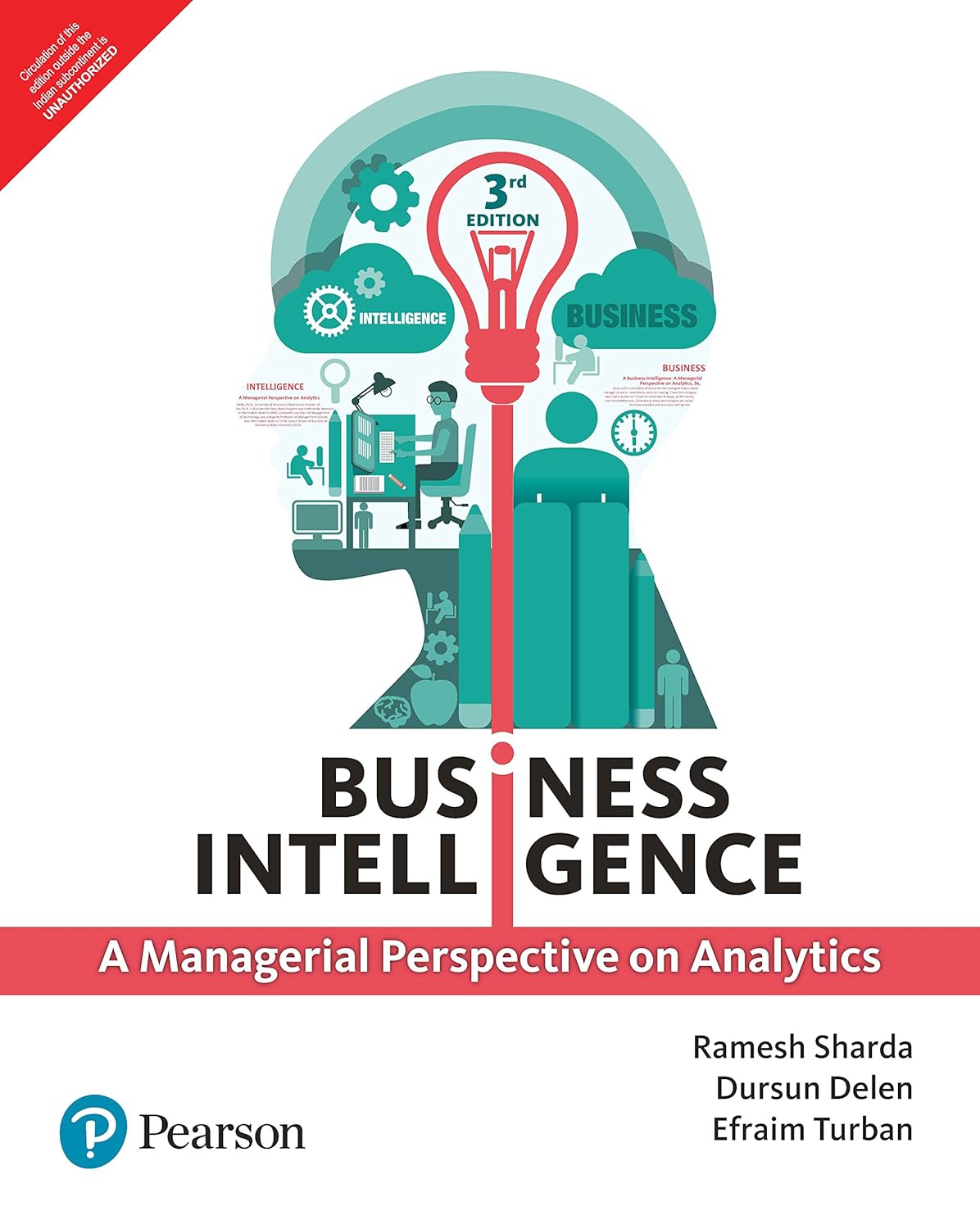1
/
of
1
BOOKZONE
Business Intelligence: A Managerial Perspective on Analytics, 3rd Edition
Author : Sharda Ramesh
Binding:Paperback
Publication Date
Publisher :
SKU:9789352862719
Regular price
₹577.15INR
Regular price
₹679.00INR
Sale price
₹577.15INR
Shipping calculated at checkout.
Bulk Discount Get Exta 5% upto 10%
Share

1
/
of
1
Business Intelligence: A Managerial Perspective on Analytics, 3e, deals with a collection of computer technologies that support managerial work essentially, decision making. These technologies have had a profound impact on corporate strategy, performance and competitiveness. Collectively, these technologies are called business analytics and business intelligence. Extensive, vivid examples from large corporations, small businesses and government and not-for-profit agencies have been incorporated which make the difficult concepts more accessible and relevant. International examples of global competition, partnerships and trade are also provided throughout. The real-world case studies show students the capabilities of business intelligence, its cost and justification and the innovative ways real corporations are using business intelligence in their operations.
View full details


